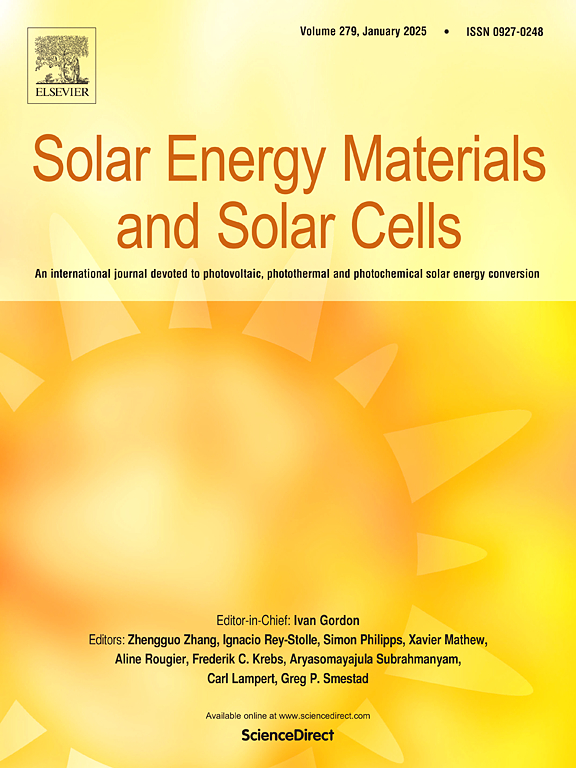Removal of hydrogen impurities from granular polysilicon via microwave heating for Czochralski monocrystalline silicon
IF 6.3
2区 材料科学
Q2 ENERGY & FUELS
引用次数: 0
Abstract
Granular polysilicon produced by the fluidized bed method has become a competitive material in the photovoltaic industry due to its cost efficiency and compatibility with continuous Czochralski (CCZ) processes. However, its high hydrogen impurity content poses challenges during monocrystalline silicon growth, leading to undesirable phenomena such as "hydrogen jump." This study investigates the removal of hydrogen impurities in granular polysilicon using microwave heating as an innovative and energy-efficient method. The effects of heating rate, temperature, and holding time on hydrogen impurity removal were systematically explored and compared to traditional resistance heating. The results reveal that microwave heating significantly enhances hydrogen impurity removal through its unique heating characteristics, facilitating the desorption and migration of hydrogen impurities via microcrack formation. Optimal parameters for impurity removal were determined, providing a promising pathway for improving the quality of granular polysilicon for monocrystalline silicon production.
求助全文
约1分钟内获得全文
求助全文
来源期刊

Solar Energy Materials and Solar Cells
工程技术-材料科学:综合
CiteScore
12.60
自引率
11.60%
发文量
513
审稿时长
47 days
期刊介绍:
Solar Energy Materials & Solar Cells is intended as a vehicle for the dissemination of research results on materials science and technology related to photovoltaic, photothermal and photoelectrochemical solar energy conversion. Materials science is taken in the broadest possible sense and encompasses physics, chemistry, optics, materials fabrication and analysis for all types of materials.
 求助内容:
求助内容: 应助结果提醒方式:
应助结果提醒方式:


